On January 20, 2025, President Donald Trump issued an executive order implementing a regulatory freeze across federal agencies, aiming to reduce housing costs by cutting regulations and expanding housing supply.
Implications for the Housing Market:
- Regulatory Uncertainty: The freeze introduces uncertainty regarding the future of housing policies and mortgage lending, as it halts progress on existing and proposed regulations.
- Potential Cost Reductions: By targeting regulations that contribute to high housing costs, the administration seeks to make homeownership more attainable. However, the effectiveness of these measures will depend on their detailed implementation and the response from local authorities.
- Impact on Affordable Housing Initiatives: The freeze may affect programs designed to promote affordable housing, such as the Affirmatively Furthering Fair Housing (AFFH) rule, which aims to eliminate housing discrimination and promote diverse communities. Changes to such regulations could influence the availability and development of affordable housing.
Considerations:
- Local vs. Federal Dynamics: While the federal government can set broad policies, local zoning laws and regulations play a significant role in housing development. Navigating these local concerns is crucial for the success of any federal initiative aimed at reducing housing costs.
- Implementation Timeline: Experts caution that any price reductions from these regulatory changes may not be immediate, as the housing market is influenced by a complex interplay of factors, including supply chain issues, labor availability, and local policy environments.
In summary, President Trump’s regulatory freeze is intended to lower housing costs by reducing federal regulations. However, its actual impact will depend on how these changes are implemented and how they interact with state and local policies. Stakeholders in the housing market should stay informed about these developments to understand their potential effects.


 Facebook
Facebook
 X
X
 Pinterest
Pinterest
 Copy Link
Copy Link


